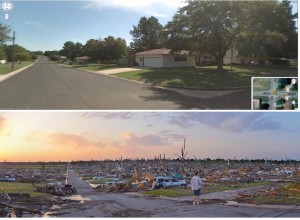Taking Professional Photos
 Taking Professional Remodeling Photos
Taking Professional Remodeling Photos
Let me start by saying that I am not a professional photographer, I’m a re-modeler. We all have websites, some have blogs and most of us use email to communicate. Taking Professional Photos of your work will lead to better exposure, a better looking website and more leads for your business. Potential customers often rely on pictures to determine what they want done to their homes.
The following are some basic suggestions for increasing your photo quality but the BEST way to get better is to go out and take pictures! Here’s a few tips to help:
Lighting
Try using a light source aimed from above and to the side, also take your photo from an angle to show the shadow lines and contours of your work.
For smaller parts try placing the object on a matte environment, it helps the light emphasize glossy and satiny finishes. Too much light can hurt your photos and conversely too little light hides detail. No one said taking professional photos was easy!
Sometimes it’s just easier to experiment with different light settings to see how it changes the overall quality of information within your photograph.
The flash can help or hurt. A camera doesn’t decide to turn on the flash because it thinks the picture needs more light, it just turns it on because a mathematical calculation shows that it needs more light. That mathematical calculation is not always right. The flash can sometimes ruin your picture.
Conversely using the flash outdoors may help you make up for natural light. Sometimes taking a photo with the flash on and the sun to the back of the object results in a very nice looking, warmly back lit photo, especially with peoples faces.
Color
Color can be amazing but difficult. For example, cherry wood, might photograph more yellow than it actually is. One solution is to use color filters that cancel out the intrusive hue. Experiment here and see what works best.
Depth of Field
The placement of your camera is important w. Instinct may be to place the camera directly over the object and take a shot straight on. This may be enough to give the viewer a general idea your project, but there can be more effective ways to deliver the textural understanding to someone looking at your piece through a computer screen.
Adjusting your camera focus at different distances and at a 45 degrees angle will give you interesting depths of field. Focusing on one aspect of your object and allowing the background to fade is also an interesting photo effect.
I try to take photos from all different angles and sides looking for that perfect shot. When looking for a shot look through the lens, I’ve found if the object looks cool through the lens it will also make a cool photo.
Use the Vertical
Most people hold the camera horizontal. If you think the shot doesn’t look quite right, try turning your camera vertical, it can make a big difference. This works well if your trying to get a taller object in the photo.
Distance
Get Close to your object, avoid taking photo far away and using the zoom lens. Walk up to your object , when you are close to what you want to photograph, you will see the subject in more detail and the photo will have better detail as well.
Now get out there and stat snapping photos!








